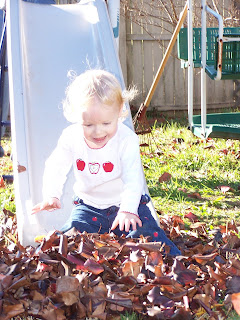I am a belly
dancer.
There, I said it.
It’s hardly a secret, but it doesn’t
always come up in casual conversation.
And when the topic does come up, I get reactions from amazement (“I
could never move like that!”) to confusion (“why would you want to do THAT?”)
to the occasional awkward silence.
And shortly thereafter the question of why I love this so much.
So, let me
count the ways.
We know how
to play. Get a bunch of us
together with a drummer, or even just a computer with a playlist and you’ll see
several different styles of dance and lots of smiles and laughter. The vast majority of us do this purely for
fun. It’s our stress relief, time
for ourselves, and an outlet for creativity.
We all have lives
and jobs outside dance in a wide variety of professions, and each person brings
a unique perspective to their dance.
We have conversations on everything from neuroscience to nursing to
computer programming, and how to squeeze in the practice we need. Although I have noticed a lot of us are in
science or technical fields; maybe we need dance to balance our brains.
We like to
play dress up. We pour hours of
effort into creating a costume that meshes with our choreography and dance
style.
We encourage
each other to constantly learn, not thinking less of someone just because we happen to prefer a different dance style. And if a
student eventually eclipses their teacher, we throw a party and celebrate.
We help each
other. If someone is having trouble
learning a move, we don’t smirk that we already know how to do it, but help her
learn so she can join us.
We believe
that any body can dance beautifully, not just the young skinny ones. We celebrate the fact that few of us
are either young or skinny. We may
not fit a magazine cover’s definition of beauty, but we create something
beautiful in our dance.
I am
fortunate to have such an awesome dance community to be a part of.






